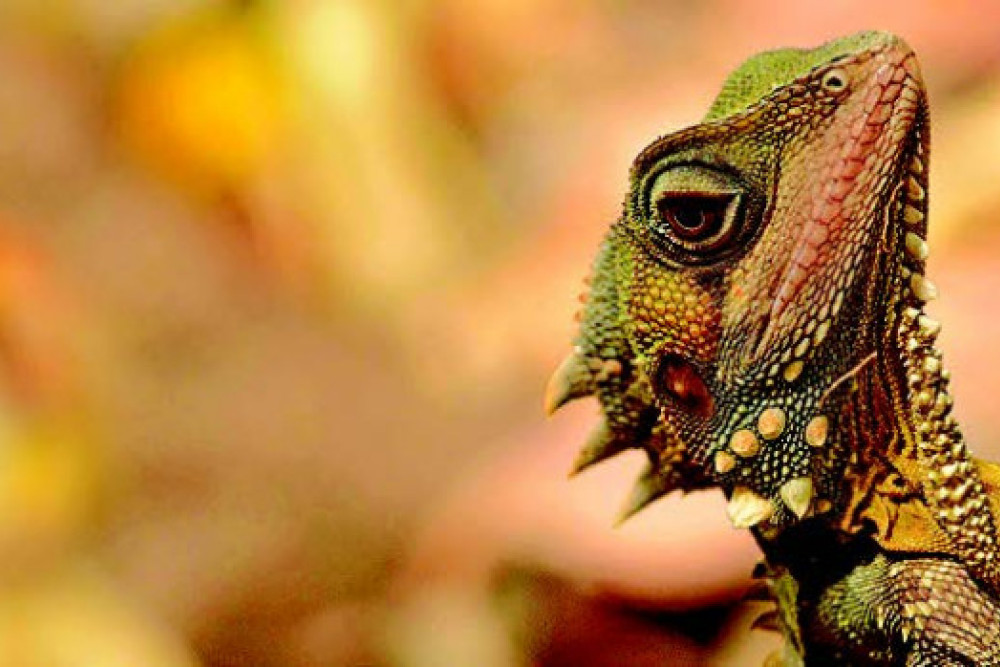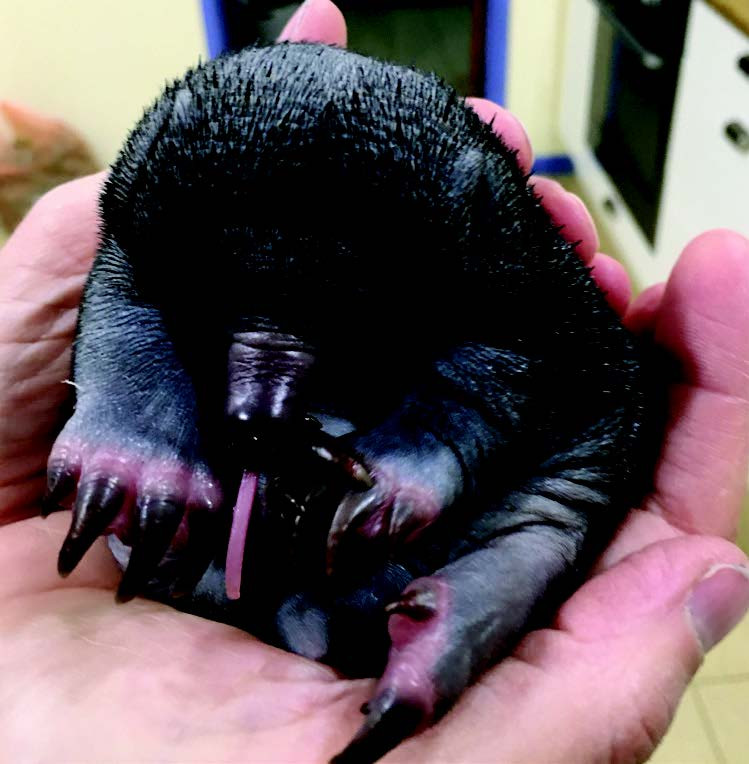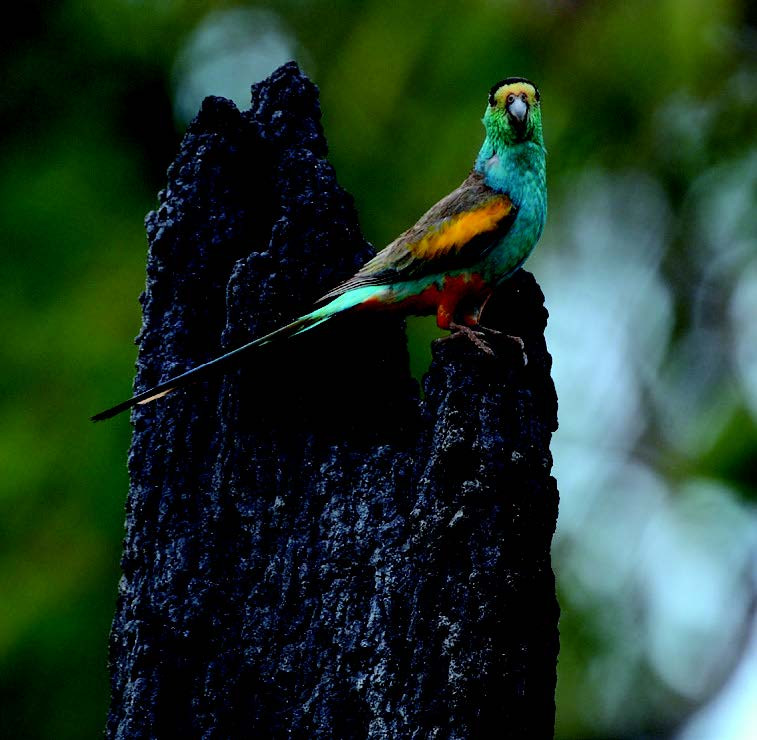Community & Business
16 January, 2022
Termites – extraordinary architects and engineers of the tropics
A SHORT drive through northern Queensland will reveal many above-ground mounds of several different Australian species of termites.

Most will be rising directly from the soil surface but some will be in trees and there will often be many different shapes, sizes and colours.
All of these are products of tiny insects, sometimes called “white ants” but not related to ants, and in fact closer genetically to cockroaches. The large bulbous termite mounds of the northern Queensland savanna are famous for their size, while the tall magnetic termite mounds of Cape York Peninsula are excellent examples of air conditioning for their inhabitants.
Most termites in Australia feed on grass and are able to extract nutrients from the cellulose (indigestible to humans) through the presence of specialised microbes in their guts.
The workers (nymphs) are mostly white or grey, only a few mm long and very soft-skinned and vulnerable to exposure to dry air. They spend their lives within their mounds where humidity is high and temperatures kept within an ideal range.
A new colony begins with the flight of thousands of winged adults (alates) creating a feast for predators like woodswallows, but in such numbers that many survive. The queen and her king shed their wings and start the process of egg production (few at first) and with their off spring excavate their new home foundations – the beginning of a decades long process of construction.

In more cooler and wetter parts of the world, worms are the great bio-engineers, mixing and moving large volumes of earth and helping create better conditions for plant growth.
But in tropical environments, and especially across Australia, termites are responsible for creating and nurturing our soil conditions, including significant vertical movement above and below ground.
Changes in the colours of the termite mounds reflect the changing local soil types; red, yellow, brown, grey and black. Within the mounds are galleries to house the many different stages and forms of the termite colony, some of which may be hundreds of years old.
Central to each colony is the founding queen from which all other colony members descend. Her life is one of continuous egg-laying supported by vast numbers of workers who feed the queen and raise the young.
Her king stays near and additional queens may be on standby to take over egg-production should the founding queen die. There are also soldiers with solid jaws who protect the colony from invasion by predators including ants, although they may be ineffective against the serious predation by echidnas.

A single echidna consumes around 40,000 termites each day and is capable of serious excavation of the mounds.
But the mounds also serve as homes for many other animals including parrots and kingfishers. The endangered Golden-shouldered Parrot of Cape York Peninsula nests only in termite mounds where they dig a narrow entrance hole leading to a cavity where eggs are laid and the chicks are raised.
Many species of kingfishers depend on termite mounds as nest sites including the beautiful Buff -breasted Paradise-kingfisher known from the Wet Tropics where they raise their young in the wet season. This species has a long trailing white tail feather that is often seen clearly as they fly through the rainforest.
To many people the word “termite” conjures up images of damage to their homes, but to many other Australian animal species termites provide essential accommodation or food. Long may that continue.
Peter Valentine is an adjunct Professor at James Cook University and he has spent much of the past 40 years studying wildlife in northern Queensland. He is currently President of the Tree Kangaroo and Mammal Group and Conservation Officer for BirdLife Australia Northern Queensland Branch. He is also an Editor of the North Queensland Naturalist journal.


